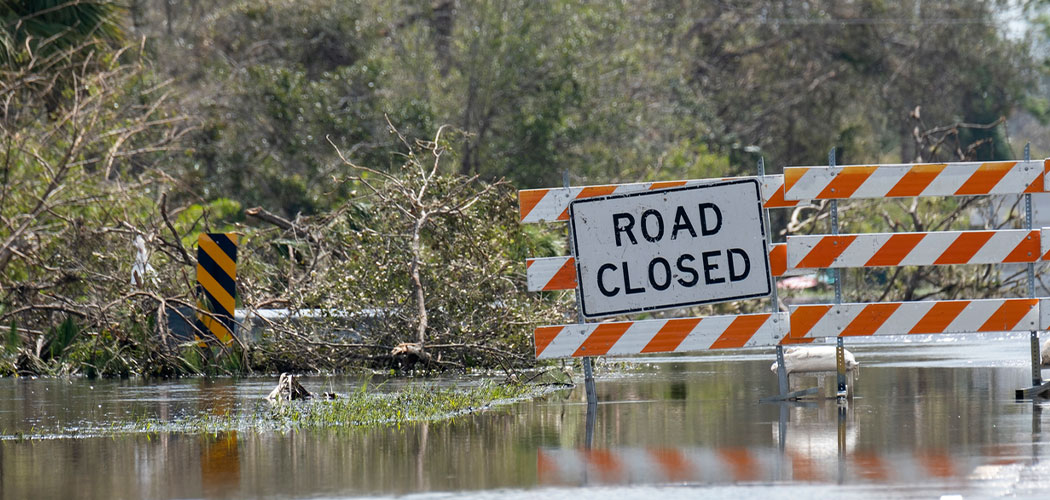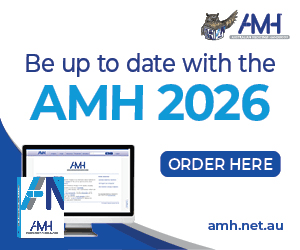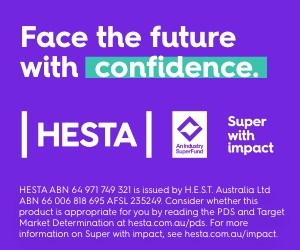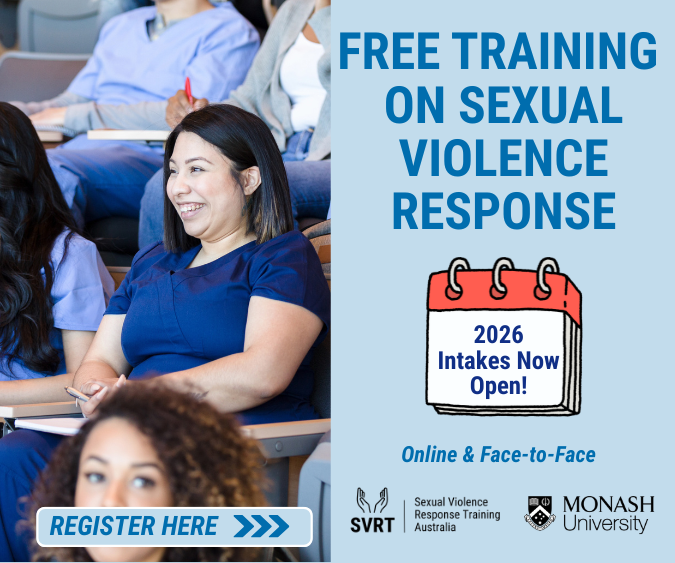The 2024 report Climate-Driven Extreme Weather Events: Australian Nurses’ and Midwives’ Experiences highlights the extraordinary leadership of nurses and midwives during some of Australia’s most severe climate-driven disasters.1 This three-part ANMJ series presents case studies that showcase how these incredible healthcare professionals lead responses in times of crisis, demonstrating resilience, adaptability, and compassion when their communities were at their most vulnerable.
The first case study features Sunae Reilly, an Endorsed Midwife from Northern New South Wales, who led an extraordinary response during the catastrophic floods of 2022. Her story exemplifies the course, innovation, and community spirit nurses and midwives demonstrate in times of crisis.
In 2022, the town of Woodburn in Northern New South Wales, faced a climate-driven catastrophe that tested the resilience and spirit of its 750 residents. Woodburn, nestled in a bend of the Richmond River, had weathered floods before, but nothing could prepare the town for what was to come. On the morning of February 28, the levee in Lismore, a nearby town, was breached at 5am. By 5:30pm, Woodburn residents received evacuation orders as the river swelled with a ferocity no one anticipated. The floodwaters surged through the town, inundating homes and businesses. The townspeople were hastily evacuated by boat to the bridge, where they spent a harrowing night with their pets and livestock. Among the evacuees was Sunae Reilly, an Endorsed Midwife with a private practice in the area.
As dawn broke the next day, the evacuees were relocated to the local school, situated on the only hill in the area. Sunae observed that the elderly, many of whom were on anticoagulant medications, were suffering from significant injuries sustained during the evacuation. She quickly mobilised a makeshift medical station with the help of a retired paramedic and an enrolled nurse. Despite the collective loss, the community’s spirit shone. Volunteers assisted by boiling water for wound cleaning, and offering comfort. As people continued to arrive, some rescued from their rooftops, the need for medical supplies became critical. First aid packs were retrieved from the school, and emergency kits were collected from the shelves of the local State Emergency Services’ flooded shed. With limited resources, Sunae and her team treated injuries, provided oxygen and managed the medical needs of hundreds of people.

Sunae realised that many evacuees had left behind life-saving medications. She meticulously documented the needs of 350 people, including people with type 1 diabetes and those on methadone programs. Despite the challenges, she coordinated retrieval efforts, sending boat crews to salvage medications from fridges floating in flooded homes. Meanwhile, Sunae’s family contributed in various ways. Her partner and brother used their boats to rescue more people and animals, while her mother and sister cooked meals from the school canteen stock. Sunae’s focus extended to the most vulnerable: mothers with infants, breastfeeding mothers, and pregnant women. She ensured formula, clean water, and bottles were available and arranged for breastfeeding mothers to help those without formula.
From 6am, Sunae began organising the evacuation from the school to the larger town of Evans Head. By nightfall, 80% of the evacuees had been moved. The population of Evans Head doubled with the influx, straining the already depleted local medical infrastructure. Sunae presented the list of required medications to the only General Practitioner (GP) available, ensuring the continuation of critical treatments.
After a short rest, Sunae returned to the evacuation centre to assist. A call about a woman possibly in labour prompted her to assemble an emergency birth kit and coordinate with the military for additional supplies to be airdropped from Lismore’s maternity unit. She continued to check on local pregnant women and new mothers’ postnatal needs via FaceTime, working with the GP to organise an airdrop of antibiotics for a woman with a post-caesarean infection.
For five gruelling days, Sunae worked tirelessly. When she returned home, she was greeted by the sight of her home having been reduced to a muddy shell, a stark reminder of the devastation wrought by the flood. Sunae’s story is a testament to the power of community and the difference one individual can make in the face of climate driven disasters.
“The townspeople were hastily evacuated by boat to the bridge, where they spent a harrowing night with their pets and livestock.”
Sunae’s story illustrates the critical role that healthcare professionals play in responding to the immediate and long-term impacts of climate-driven disasters. Her ability to organise care for hundreds of evacuees, provide critical medical assistance, and ensure the welfare of vulnerable community members highlights the resilience, ingenuity, and compassion nurses and midwives bring to such crisis. As extreme weather events continue to escalate in severity across Australia and the globe, the need for healthcare systems and professionals to be prepared for these challenges becomes increasingly urgent. Enhancing climate literacy within the nursing and midwifery professions is a vital step toward building community resilience and safeguarding heath during future disasters.
Dr Carolyn Hastie is a Senior Midwifery Lecturer in the School of Nursing and Midwifery at Griffith University.
Dr Aletha Ward is a Senior Research Fellow in the Poche Centre at the University of Queensland.
Distinguished Professor Tracy Levett-Jones is based in the School of Nursing and Midwifery in the Faculty of Health at the University of Technology Sydney. Tracy is also the Lead, Planetary Health Collaborative for Nurses and Midwives and the Co-convenor of the Climate Change and Health Collaborative and the Research Institute for Innovative Solutions for Wellbeing and Health (INSIGHT).
References
- Levett-Jones, T., Ward, A., Best, O., Bonnamy, J., Cornish, J. Correia Moll, E., Greenhill, J., Foster, A, Hastie, C., Pitkin, S., Roden, J. Tunks Leach, K. & Whiteing, N. (2024). Climate-driven extreme weather events: Australian nurses’ and midwives’ experiences. University of Technology Sydney. https://planetaryhealthcare.com.au/wp-content/uploads/sites/17/2024/10/84665_RKH-Planetary-Health-Collaborative-Adaption-report-web.pdf
The authors would like to acknowledge the contributions of the full authorship team for Climate-driven extreme weather events: Australian nurses’ and midwives’ experiences.1
The authors also extend their gratitude to Sunae Reilly, Endorsed Midwife, for her invaluable insights and for sharing the experiences of her community.








